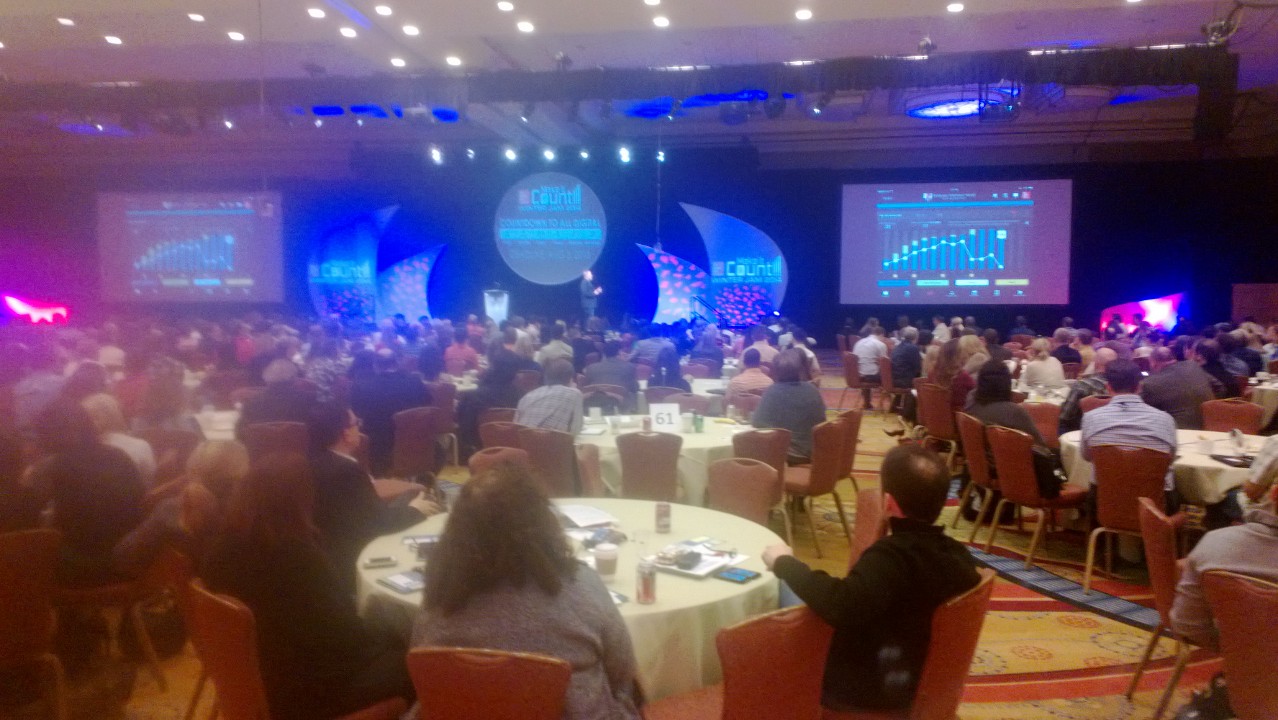One of my favorite parts of this job is the chance to be a part of a great many sales meetings – from big, giant conferences to everyday district or team meetings.
This past year, for example, I experienced sales meetings on four continents and seven countries, some of them outstanding. While every meeting is different, here are three repeatable things that, if you have them, guarantee a great sales meeting.
But before we go there, here’s what we’re NOT talking about: The food, the drinks, the venue, and the entertainment. In fact, I have not seen a correlation between T&E expense and meeting value for salespeople. In a few cases, I’ve seen a negative correlation – too much focus on the social can lead to a lessening of the business value.
Indeed, the keys to a great sales meeting are found not in the frills, bells and whistles, but in the substance of the meeting itself. Here are three key elements that separate the best from the rest.
Key One: Clarity of Purpose
In our experience, people want to work on purpose, and for a purpose. And when that purpose is clear and the organization is unified in that purpose, great things happen.
In a great sales meeting, sellers almost can’t walk out without knowing what they’re supposed to do…and perhaps even feeling excited to do it. When the purpose is clear, salespeople have more tolerance for the tough parts of the job – they find meaning in the suffering.
What to do: Make ULTRA-SURE your VIPs and executives are AIRTIGHT when it comes to the “Purpose” in their presentations:
- Make it about the Mission. Even when you’re sharing results or forecasts, frame it in terms of the people you’re ultimately helping to live better lives.
- Open the curtain. When you’re talking strategy, roadmaps, and change, be absolutely transparent and candid about WHY you’re doing it, not just what you’re doing.
- Make it personal. When presenters bring themselves to the talk, magic happens. How can your presenters share a story or a feeling that contributes the the cultural and emotional climate you’re trying to create?
Key Two: Unity of Message
It’s easy for leadership to communicate a message. What’s hard is communicating the same throughout a multi-day meeting when disparate stakeholders are in control of the sessions. In great meetings, individuals put aside their own agendas to deliver a consistent, cohesive message. When the message is consistent and unified, salespeople feel even more confident in the company direction, and they feel more motivated to succeed.
What to do: Manage the process of session development with these three steps:
- Anchor to business strategy. Make 100% sure your breakout and session leaders are 100% clear on strategy, and challenge them to show you how their sessions contribute to the strategy.
- Manage the session development process. The earlier you intervene, the easier it is to manage. Don’t wait to do quality control – give them a template to follow and inspect early.
- Rehearse publicly. Nothing focuses the session like having to present it in front of your peers and receive feedback. Give yourself enough time to make changes!
Key Three: Proper Recognition
Nothing kills morale more than when the recognized are undeserving while the deserving go unrecognized. (Hint: If your sales awards can be won purely through luck or tenure, they’re not proper recognition!)
What to do: Here are three examples of proper recognition that can make your sales meeting great:
- Sales awards are givenbased on overall performance, not performance in a single dimension.
- Recognition is paid to salespeople whose performance and efforts bestexemplify the company purpose.
- Special, repeated attention is paid to people whose effortsimprove the team. Reward your best people even if they’re not having their best year numbers-wise.
Catchy punch line I hope makes you remember this point: If you expect it and you inspect it, make sure to respect it.
Summary
Drinks, steaks, and entertainers may help people enjoy the meeting, but clarity of purpose, unity of message, and proper recognition help people enjoy the work. Employ these three keys to make any meeting, no matter how big or how long, great.

